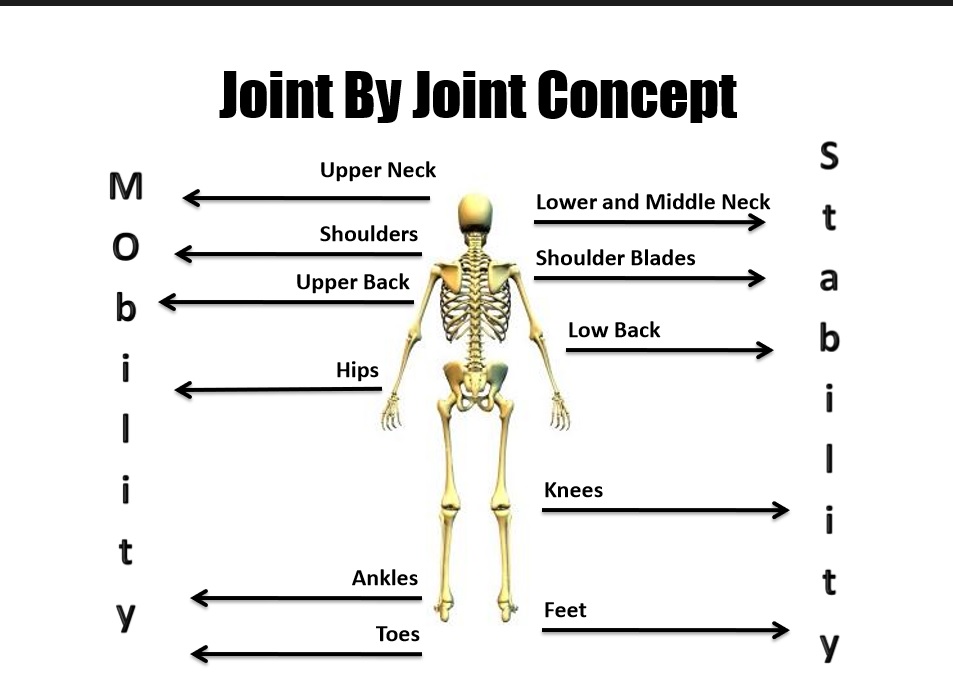Why Can’t We Get Hip Mobility Right?!
2024-06-2
It isn’t though hip mobility is a new idea, you can find almost half a million posts about it just on Instagram (true story). We’ve done our fair share of posts about building better hip mobility because I think there are STILL a lot of misconceptions about how to build hip mobility that can help us lift more, move better, and have healthier knees and low backs.
If there are so many posts about better hip mobility why do I keep writing about it? For one, A LOT of what you see online are various demonstrations of one’s hip mobility. Meaning, that person could have always had good mobility, they could have long participated in activities that tend to build large amounts of mobility (dance, gymnastics, martial arts are a few examples) and that “cool” new drill they are showing you has nothing with how they BUILT better hip mobility.
For someone who struggles with hip mobility, most of what you see online isn’t really possible and just getting into the position can cause a host of problems if you cringe or find severe discomfort/pain in the movement. Now, most people would be SHOCKED at what the science generally says we should stretch or the range of motion we should try to move through when we are trying to increase our mobility.
According to connective tissue expert and head of the National Center for Complementary and Integrative Health, Dr. Helene Langevin, the research shows we should be aiming for movement increases in about 10-20%. Now, no one expects you to get measurements on your movement practice, but the point here is that it is probably around very slight discomfort.
When you start to go beyond that you can cause tears to occur (even micro tears that start to become issues over time), you can cause unhealthy versions of inflammation, and even joint damage. So, while it may look like a really intense social media post watching a group of people dying as they try to move their hips and bodies around, the truth is that this causes way more problems that it does offer solutions.
That means we have to be very aware of the positions and demands we place on ourselves and clients when we are trying to improve hip mobility. You will see below that physical therapist, Jessica Bento shows some great examples of how we can use the shinbox in progressive positions (along with progressions of core stability we will address) that allow us to help manage these qualities.
View this post on Instagram
Core stability is another essential component to better hip mobility. The “proximal stability” that increasing core stability offers allows the nervous system to “turn off the brakes” and help us restore better movement. Since our nervous system, just as much as all the structures that impact our hip mobility, dictates our movement it makes sense to combine the two elements to get better mobility results.
The last key to better hip mobility is to think of more integrated than isolated training of the body. When people perform many hip mobility drills they make the assumption they are JUST working the joint. As Dr. Langevin explains, “stretching also engages connective tissue, including ligaments and fascia, which serve as the links among the muscles, bone, blood vessels, and organs in your body.”
This clearly means that just the joint isn’t the only thing that determines our mobility. Then we extend this to looking at the whole kinetic chain. Since we are meant to be standing on two feet as we move, the joints from our toes up to our hips as well as the stability of the core all impact hip mobility. That is why we want to use more integrative methods of improving mobility as you will see below…
If you want to learn MORE about how we build more evidence based solutions to hip mobility, we hope that you will attend our 6-week CEU online Low Back Pain & Pelvic Control Masterclass! We have our early bird still available for just a few more days HERE!

© 2025 Ultimate Sandbag Training. Site by Jennifer Web Design.







